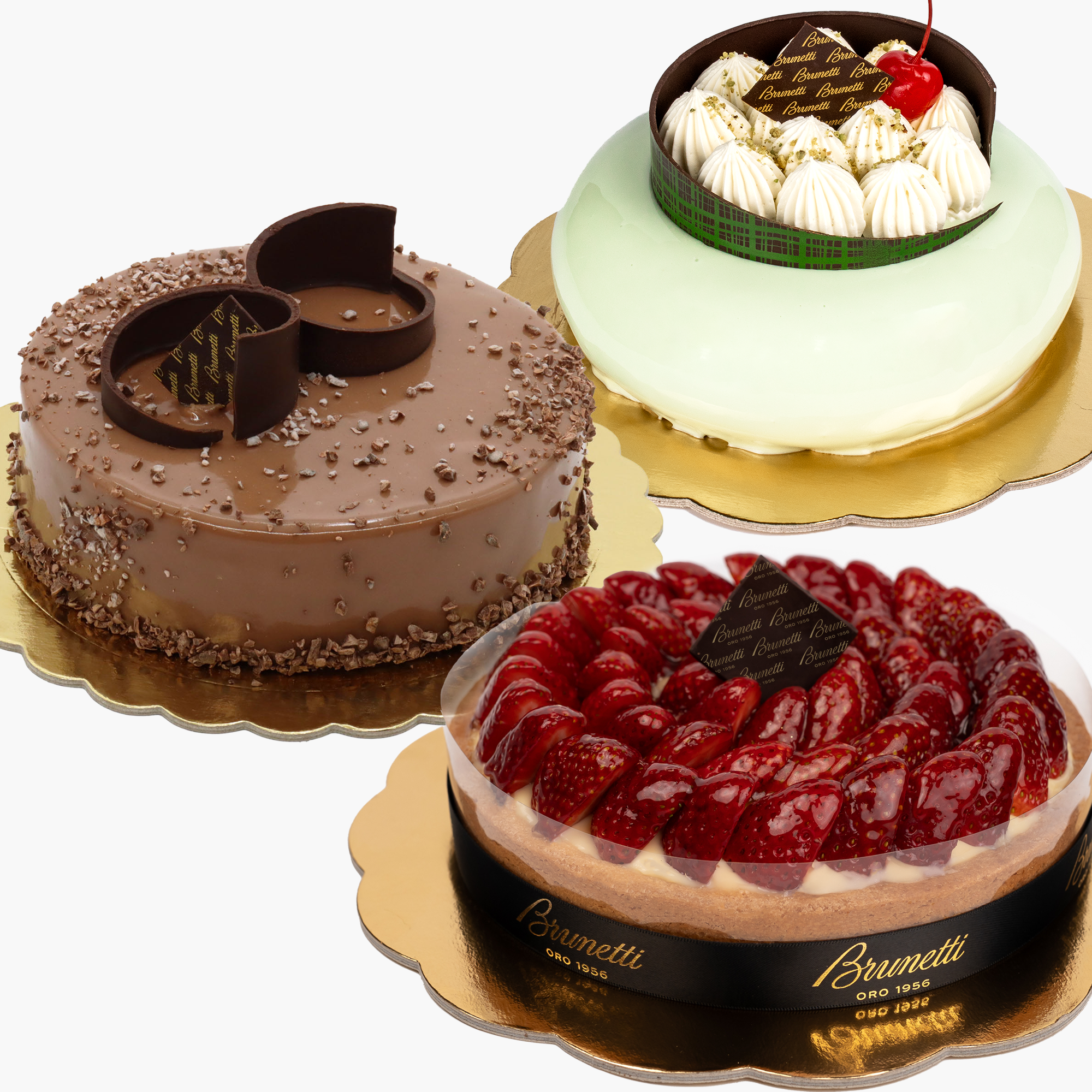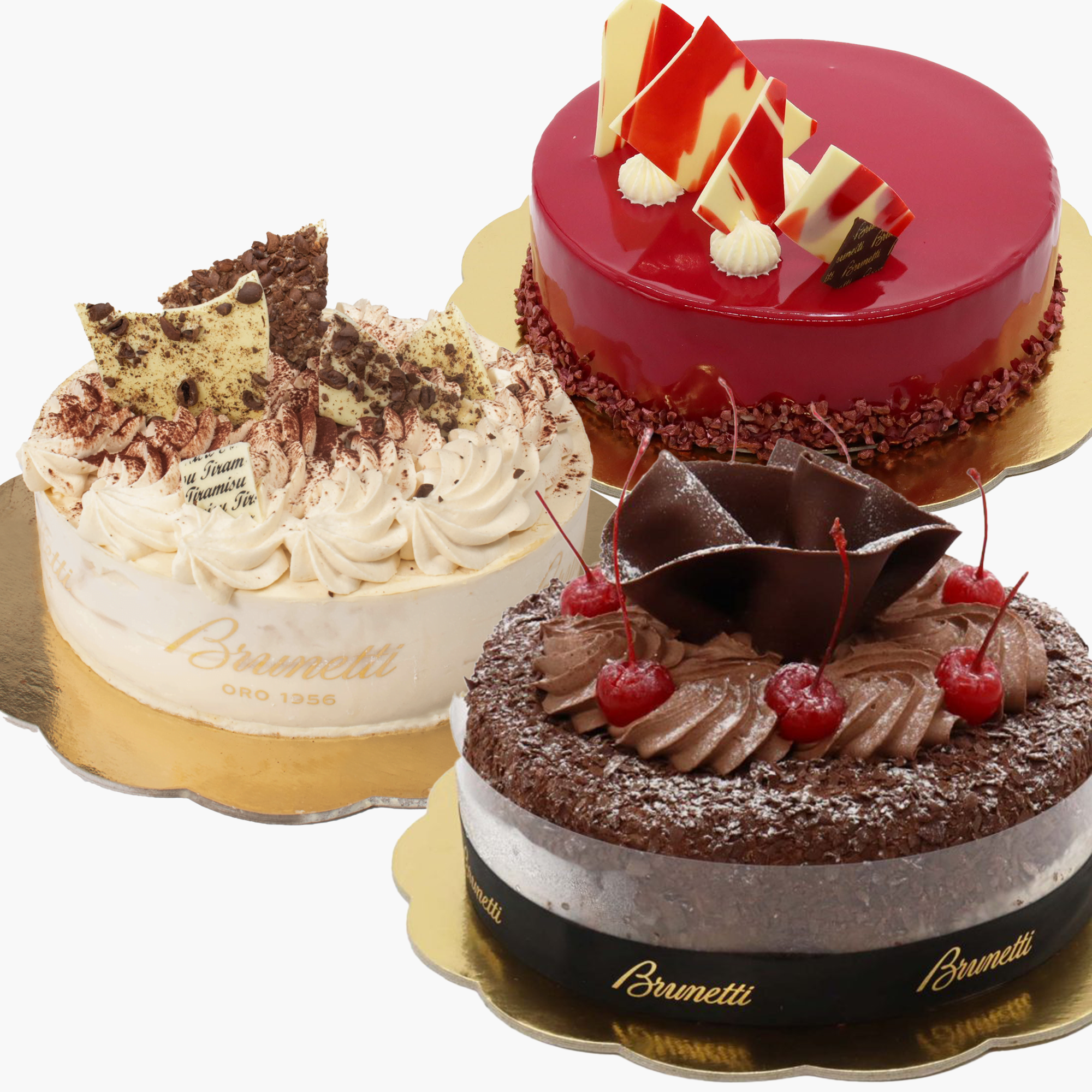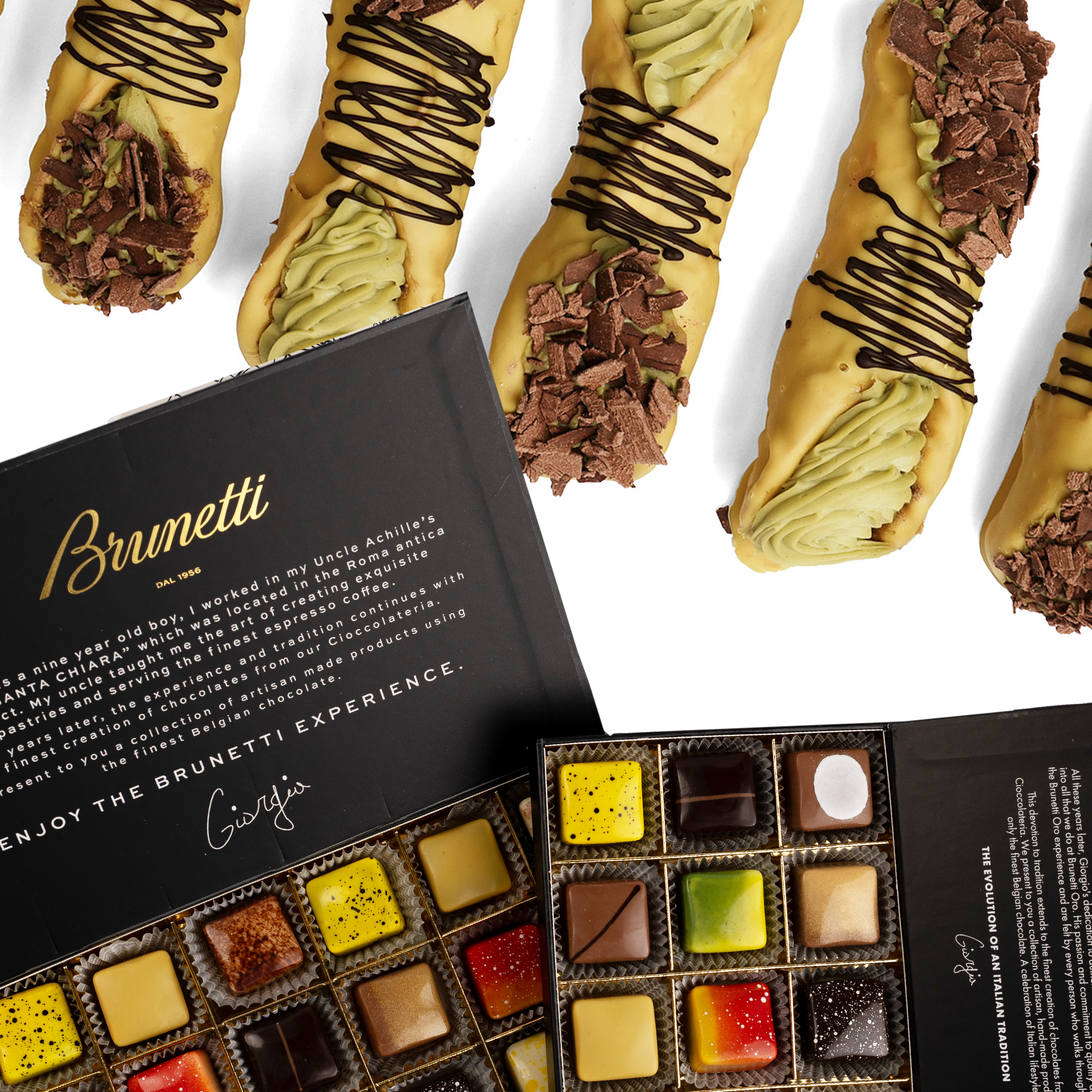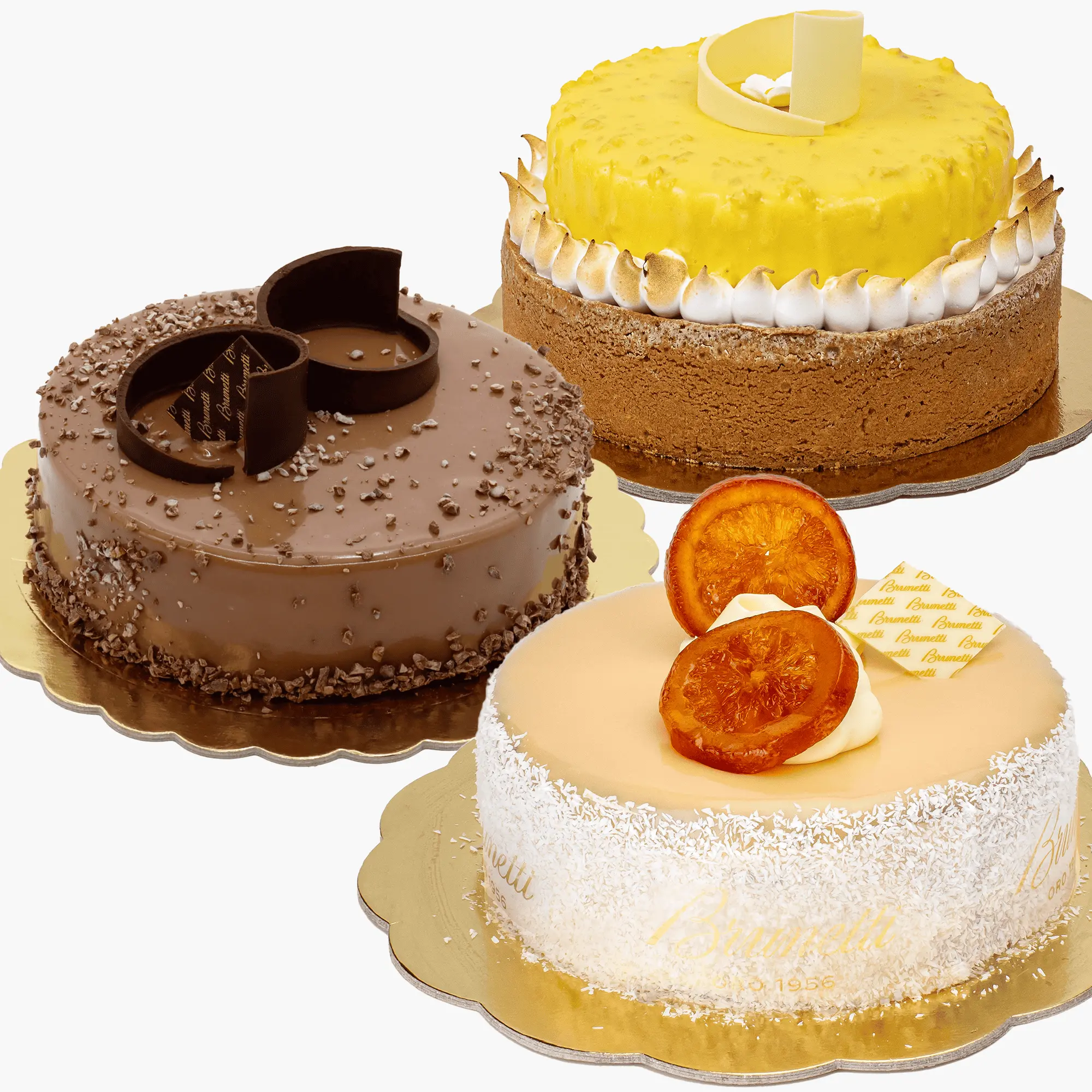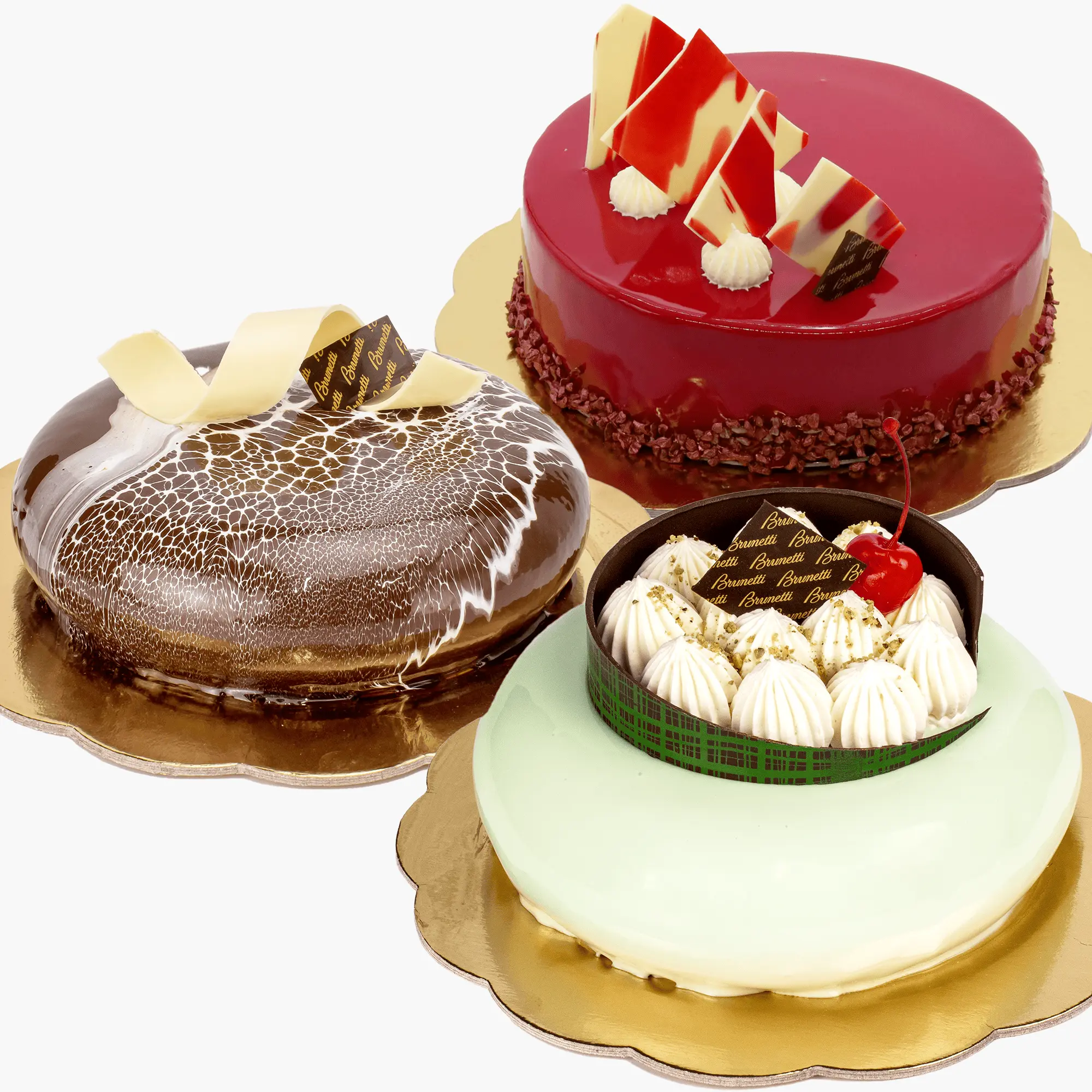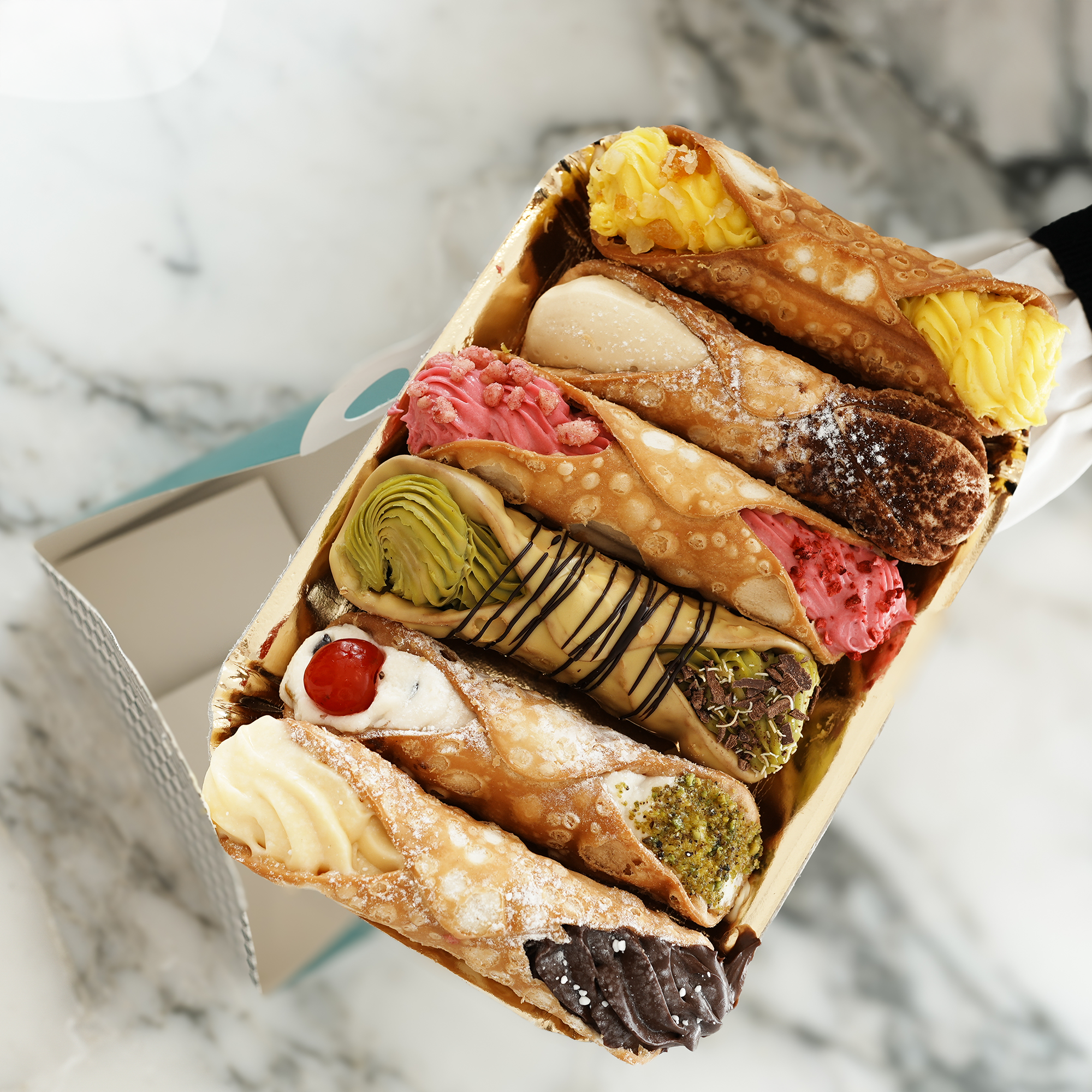The Origin of Profiteroles: From Royal Dessert to Modern Favorite
Lifestyle and EntertainmentProfiteroles, also known as cream puffs, are a popular pastry made from choux dough and a creamy filling. They can be topped with caramel or chocolate, offering the perfect blend of light pastry and sweet, delicious fillings.
Profiteroles originated in French and Italian cuisine and are typically filled with whipped cream, pastry cream, custard, or ice cream. They have become a culinary favourite in many places, with each kind contributing a distinct flavour to this classic pastry.
Profiteroles have evolved over the ages, beginning in royal kitchens and moving into their current prominence. Let’s dive a little deeper into the history of profiteroles and learn how these sweet delicacies are created. We will also explore how profiteroles are made, with the versatile choux pastry dough as a foundation and the countless filling options. Lastly, to provide a complete view of these delicious goodies, we also want to look at their nutritional value in more detail.
The Long History of Profiteroles
Although profiteroles were probably around earlier, they were first mentioned in history in the 1500s in Francois Rabelais’ novel Gargantua. Though they’re now profiteroles considered a traditional French pastry, they originated in Italy.
Italian Catherine de Medici married French King Henry II, and the Queen ensured her cooks travelled with her. Even though the texture was slightly different from ours today, the profiteroles that Catherine’s cooks made for the royals and their court were the first in French culture, and they continued to refine the pastry throughout time.
How are Profiteroles Made?
Profiteroles were initially created differently than we are familiar with today. We owe recognition to Chef Antonin Carême, one of history’s most influential French chefs.
Carême made many improvements to French cuisine, but during the 19th century, he amped up profiteroles’ popularity by adding a warm caramel coating and a cream inside. However, he didn’t stop there. He elevated the pastries to a whole new level by stacking them on top of each other to create the croquembouche. Since its invention, the croquembouche has been a beloved wedding dessert.
The most popular toppings are chocolate ganache, powdered sugar, or a dollop of whipped cream on top of the pastry cream, custard, whipped cream, or ice cream. These treats are very versatile and can be served iced, plain, combined with fresh fruit, or covered with a crisp, golden caramel coating for extra sweetness and texture.
No special materials or equipment are needed to make profiteroles. All you need to prepare the base of your profiterole is a choux pastry made from a few pantry essentials: flour, eggs, butter, water, salt, a pan, and an oven.
The puff pastry is formed into hollow puffs that are cooked after being made into little balls using a pastry bag or dropped into shape using two spoons. Once cooled, the baked profiteroles can be filled by slicing off the top, filling it, and then reassembling it using a pastry bag and a small piping tip. After this, you can add all the glazes and decorations you want on top.
Nutritional Facts of Profiteroles
Not many people want to think about the nutritional facts when it comes to sweets, but it’s still valuable to know. Profiteroles are heavy in fat and calories, so they should be consumed in moderation.
However, they do provide some nutritional benefits. They are an excellent source of energy-boosting carbs and contain some small amounts of fibre and protein. They also contain important minerals like iron and calcium.
Here’s a breakdown of the nutritional facts about profiteroles:
- Calories — There are around 100-150 calories in each profiterole, making it an energy-dense dessert
- Carbs — Made from flour, profiteroles contain complex carbs that give your body a quick source of energy
- Protein — Eggs are used to make pastry dough, which contributes to the dessert’s protein content
- Fat — Butter is typically used to make pastry, adding flavour and richness
- Dietary Fibre — Pastry dough does not have a significant amount of dietary fibre
- Sugar — Powdered sugar or sweet creams are frequently used to fill pastries, which adds to their overall sweetness and sugar levels
- Calcium — Some recipes call for milk, which contains vital nutrients like calcium that promote healthy bones
- Iron — Pastry dough, especially when made with whole wheat flour, can contribute to iron content.
- May Contain Eggs — Eggs are a rich source of essential nutrients including protein, vitamins, and minerals
Despite their small size, profiteroles are quite tasty and pack a punch of flavour. Remember that occasionally indulging in a profiterole or two is a delicious way to fulfil your sweet cravings. Just be aware of how much you eat and try to maintain a balanced and healthy diet.
Profiteroles Taken to the Next Level at Brunetti Oro
With a rich history that spans centuries and crosses French and Italian culinary traditions, profiteroles are undoubtedly a popular dessert all around the world. These pastries are light and airy, filled with delectable creams, and covered with rich sauces, so it’s no wonder they steal the show. Profiteroles are a versatile treat that mixes flavour and texture and can fit into any occasion.
If you find yourself craving profiteroles, looking for a show-stopping croquembouche, or trying to find a luxury dessert that perfectly suits your next special event, Brunetti Oro has a wonderful selection to choose from. With next- or same-day delivery, you can take the hassle out of ordering celebratory treats.
We offer an amazing range of cakes and other wonderfully crafted desserts made in true Italian fashion. Choose your special dessert from Flinders Lane, Myer, Brunswick, or our online store. We’ll deliver right to your door and bring the joy of sharing important events and gifts with your loved ones.

